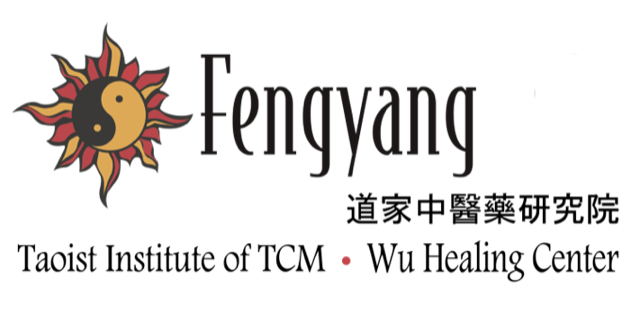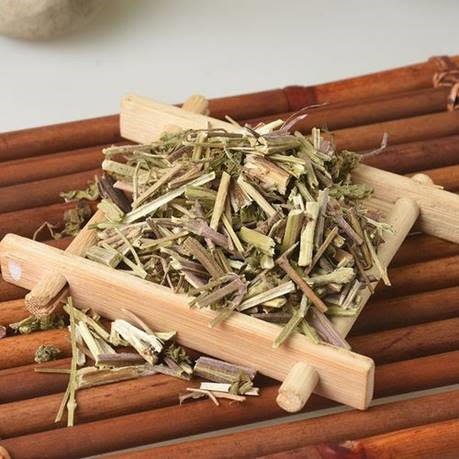Learn About Chinese Herbs -Jing Jie (Herba Schizonepetae)-
Jing Jie (Herba Schizonepetae)
This product is commonly used in traditional Chinese medicine. The Shennong Materia Medica-jing is listed as a Median grade. The name of it in the "Compendium of Materia Medica" is "False Su".
Source: Schizonepeta tenuifolia Briq, an annual plant of the family Lamiaceae. of dried whole grasses or flower spikes. Cultivated or wild.
Plant state: annual herb, 60~120cm tall, erect and square stem, rich aroma. The leaves are opposite, the petiole at the base of the stem is not obvious, the leaf is pinnate and deeply lobed, the lobes are 3~5 pieces, linear, the whole margin, and there are concave glandular spots below. The flowers are umbel-shaped, densely at the end of the branches, forming spikes (there are two species of long spikes and short spikes) pale reddish-purple, petals bilabial, two strong stamens. Four small nuts.
Origin: Produced in most parts of the country of China. In the south it is produced in Jiangxi and Zhejiang, and is a cultivated product. In the north production is Hebei Province and is wild.
Trait identification
· Nan Jing Jie: is a dry stem with flower spikes, the leaves have mostly fallen off, the stem is square, yellow-purple or purple, hairy, fibrous in cross-section, and there is a white loose pith in the center. The flower spikes are sparse and slender, born at the apex, yellow-green. It has a mint-like aroma.
· Bei Jing Jie: To remove the stems and branches of flower spikes.
· Zhai Jing Jie: short spike Jing Jie, spike without stems and branches, 4~6cm long, about 1cm in diameter, calyx closely arranged. Concealed with small brownish-black nuts. The smell is stronger than that of whole grass.
· Ce Jing Jie: It is a long spike of Jing Jie, a flower spike with few stems and branches, about 20~40cm long. The calyx are arranged in an evacuation and long arrangement. The rest is same as above.
Main ingredients: contains volatile oil, mainly dextromentone, and a small amount of dextrine.
Pharmacological effects: (1) sweating antipyretic, the effect is relatively slow; (2) anti-inflammatory; (3) hemostatic, after stir-frying charcoal has hemostatic effect. Experiments have proved that after stir-frying black into charcoal, it can indeed shorten the time of bleeding and clotting.
Preparation: Cut the thorn mustard, raw or stir-fried.
Taste: spicy and warm.
Attribution: into the lungs, liver meridians.
Function: sweating to relieve the external, disperse blood stasis and stop bleeding.
Indications: external wind cold, measles initial penetration is not smooth, charcoal can stop bleeding, leakage, blood in the stool. It is customary to use mustard ears for symptoms without sweat, Jing Jie itself for symptoms for sweat, and Jing Jie charcoal for blood distribution.
Clinical application: traditional experience believes that this product is a key medicine for wind disease, blood disease and postpartum.
(1) For the treatment of external sensations. Wind chill, wind and heat; wind cold, with Fang Feng, Sheng Jiang; wind heat, with Bo He, Chai Hu, etc. It should be pointed out here that although Jing Jie is pungent and warm, it is warm but not dry, and it can enhance the effect of evacuating wind and heat, and is suitable for wind fever symptoms such as fever, headache, nasal congestion, sore throat, conjunctivitis (cold, early flu). Such as Jing Fang Bai Du San formula.
(2) It is used to treat pharyngitis and tonsillitis. The experience of predecessors is that "a sore throat must use Jing Jie", and in modern anti-pharyngitis and tonsillitis, Jing Jie mustard is often indispensable. With Jie Geng and Sheng Gan Cao, it can especially enhance its anti-inflammatory effect.
(3) Used to treat bleeding. To stop bleeding with Jing Jie charcoal, it is necessary to use other hemostatic drugs, such as Hua Hua charcoal to treat blood in the stool, and Mao Gen to treat nosebleeds.
(4) For the treatment of postpartum hemorrhae (syncope caused by excessive blood loss or circulatory dysfunction), Jing Jie mustard can be used. Single flavor 6g of research end punch, or with other medicine decoction.
(5) It is used for diarrhoea and itching. It is used in urticaria, rubella, and measles to accelerate the resolution of the pathological process and relieve itching. Commonly used with Bo He, Fang Feng and other combinations (internal or external washing can be used).
[Attached] The function of Jing Jie mustard is the same as that of Jing Jie, but the effect is strong, especially when treating blooding.
Dosage: 3~9g.
Prescription examples: Jing anti-septic scattering ("Regent Recipe"): Jing Jie, Fang Feng, Qiang Huo, Du Huo, Chai Hu, Qian Hu, Zhi Ke, Fu Ling, Jie Geng 6g each, Chuan Xiong, Gan Cao 3g each, water decoction.
Note: Schizonepeta multifida (L.) Briq. It is also used as Jing Jie mustard in the northeast and other places.
Case Study: Jaundice Hepatitis
Patient: Mr. Chen, male, age 17.
Chief complaints: The patient was diagnosed with jaundice hepatitis in 2004. He was hospitalized for a week, but had no improvement.
Dr. Wu suggested him to be discharged immediately to prevent nosocomial infection.
TCM prescription: Chai Hu 10g, Yin Chen 30g, Da Huang 10g, Zhi Shi 10g, Mai Ya 10g, Dan Shen 10g, Ze Lan 10g, Ban Zhi Lian 10g, Wild Ling Zhi 30g, Fu Ling 10g, Gan Cao 5g. One dose a day for ten consecutive days.
After taking the herbal prescription, the patient’s symptoms had all disappeared. Hospital check-up exam results show indexes all normal.



